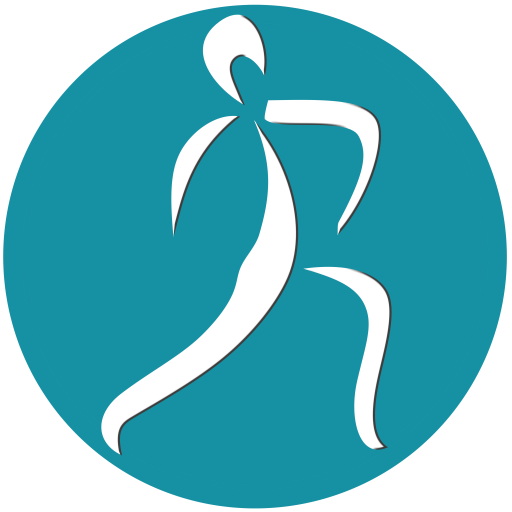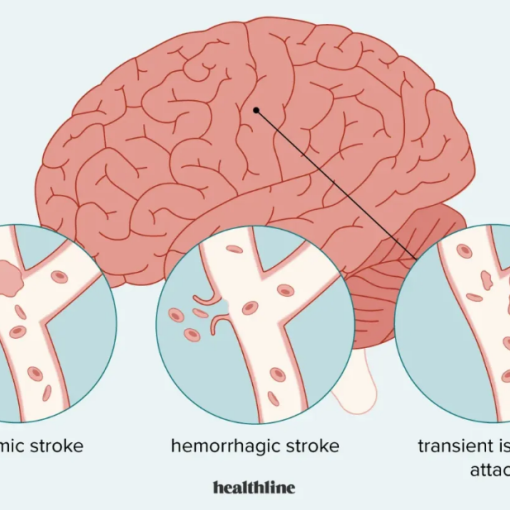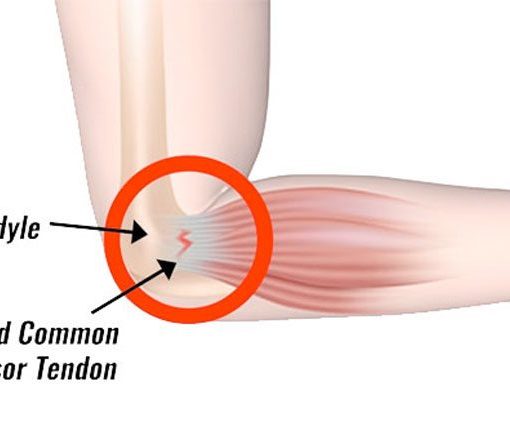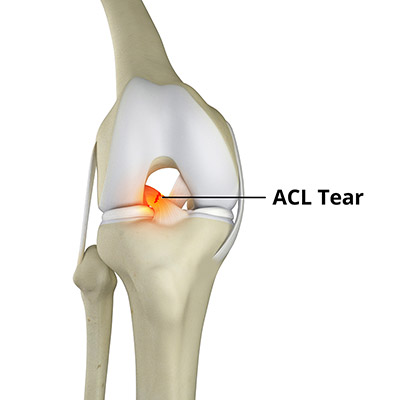The area of the spine between the neck and the waist is called the “back”. This area consists of 12 vertebrae and a rib is attached to each vertebra, which together forms the chest. The muscles of the back and shoulders interact closely, and most of the pain in this area extends to the adjacent area.

Most back pain and discomfort are related to muscle problems or structural issues of the spine such as hump (kyphosis) or scoliosis. Myofascial pain is mainly seen in these areas as well. In some cases, gastrointestinal and cardio-respiratory pain can cause pain and discomfort in these areas. In rare cases, discs or focal problems such as masses and tumors are the cause of the problem in these areas. Shoulder pain is mainly related to the muscles and tendons that support this joint and sometimes referral pain due to the discopathy.
In people who are in a prolonged awkward position, such as sitting for a long time or at a short or long desk, or when the person is constantly leaning forward, the muscles of the back and shoulders gradually become damaged and cause pain and burning.
A high percentage of these pains are due to the formation of tight spots in sensitive muscles, which are called taught bands or trigger points. These points show themselves in the touch as a firm area in small or medium size that is painful to the touch and even the pain can be extended to other areas. These symptoms are commonly called myofascial pain syndrome.
These spots can cause pain, burning, and even numbness in nearby areas and even the upper limbs. These spots are not visible on ordinary radiographs and MRIs and are usually identified on examination by a physician who is knowledgeable and aware of the nature of the disease.
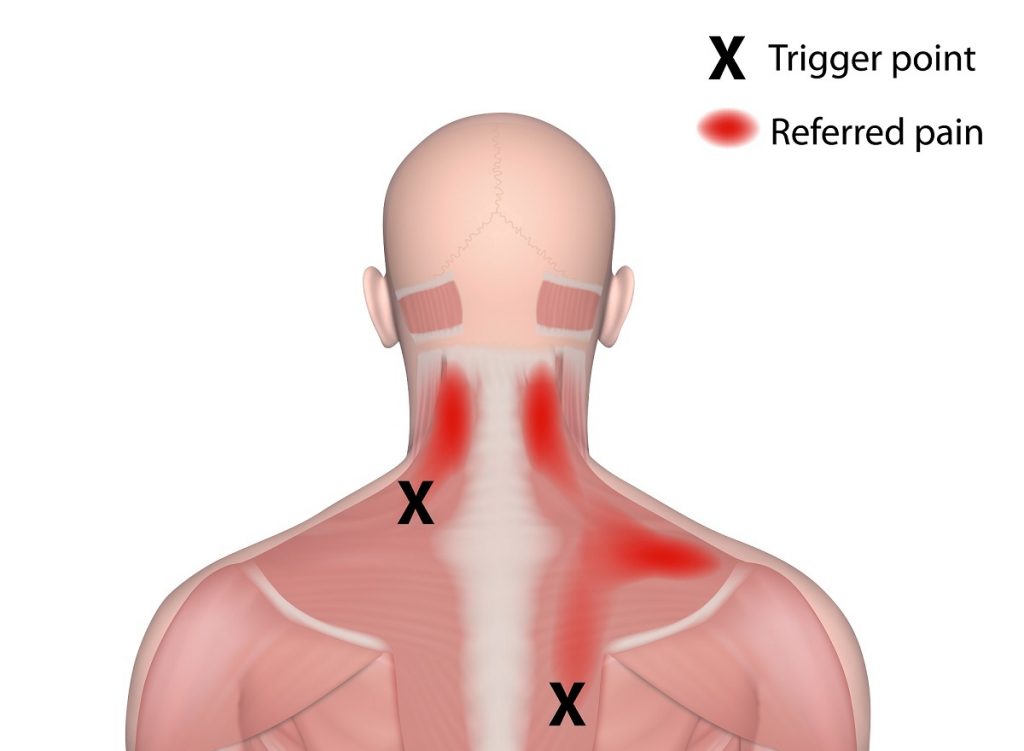
Oral painkillers usually do not have much effect on this field, and practices such as deep massage, muscle stretching, and manual therapies are more effective. The main treatment for these problems is correcting the working position and the correct way of sitting and creating proper ergonomics in the workplace, as well as specific stretching and strengthening exercises for the involved muscles. In some cases specialized physiotherapy modality such as high power laser and dry needle, manipulation and chiropractic maneuvers could be helpfull
To see the proper exercise for the back area, please install the Rehabex app. by clicking here.
prepared by the Rehabex team.
